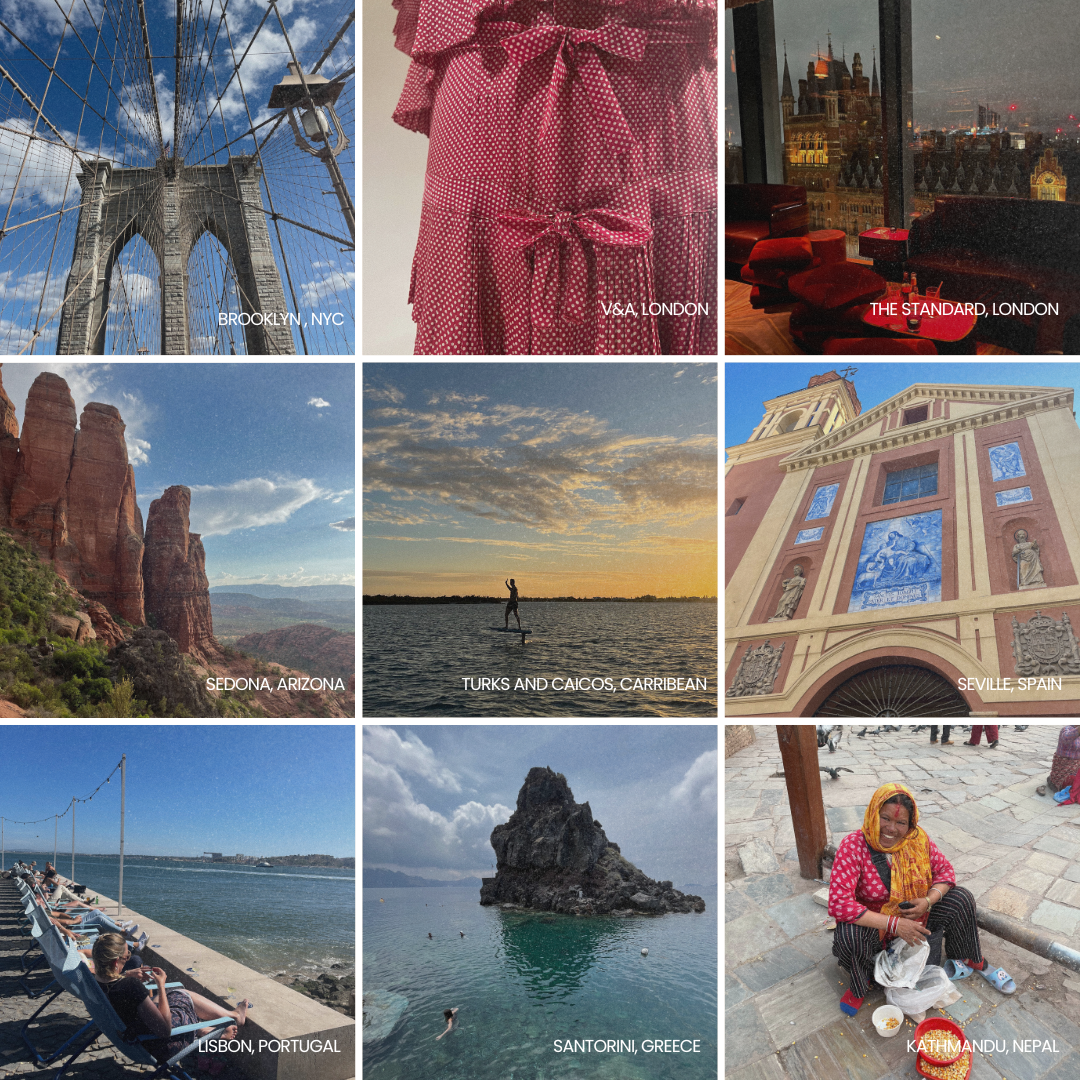Hello, I am
Mia Wilson
University of Bristol, BSc Economics

Hello, I am
University of Bristol, BSc Economics

Get To Know More


My portfolio collates my completed collection of charts and data visualisations.

Do shifts in the global economy influence the popularity and evolution of fashion trends?

Explore My


Ever Changing Trends:


Concluding - Summary of research
Downloading Images and Articles| I used Selenium to download images of past Vogue articles from the Archieves, looping each jpg to create an image bank | ipynb | Image download ipynb link |
Trend Analysis: ipynb | Trend ipynb link |
RPI Over Time: ipynb | Silhouette ipynb link | Cleaning the data ipynb link | RPI data ipynb link |
Trajectory of Clothing as Women join the Labour Force: ipynb | Women working ipynb link |
Data on specified countries: ipynb | Countries Vogue Covers ipynb link |
An Analysis of the Shoulder Pad: ipynb | Shoulder Pad ipynb link |
Japanese Style Trendline: ipynb | Bloom ipynb link | Bloom Articles as Images ipynb link |
Most Fashionable Ranking: ipynb | Ranking ipynb link |
More links: ipynb | Vogue ipynb link |